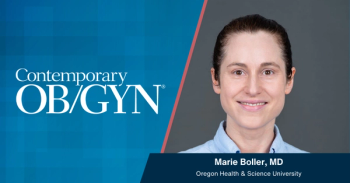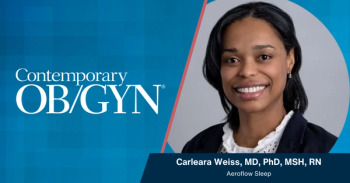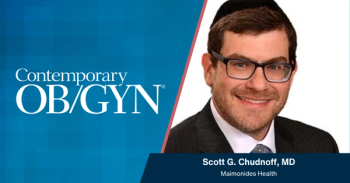
Tony Anderson, DHSc, ELD, discusses how AI and workforce gaps are reshaping IVF
Embryologist shortages and emerging AI technologies are transforming IVF laboratories, driving the need for integrated systems and standardized workflows.
In a recent discussion with Contemporary OB/GYN, Tony Anderson, DHSc, ELD, founder of IVF Academy USA, examined how workforce shortages in embryology and the growing role of artificial intelligence (AI) are shaping the present and future of in vitro fertilization (IVF).
Anderson emphasized that a lack of trained embryologists is a significant challenge worldwide, with major fertility networks reporting a need for dozens of new embryologists annually. Yet training programs currently produce far fewer specialists than required, creating a gap that directly impacts IVF laboratory efficiency, consistency, and patient access.
AI, Anderson noted, offers promising solutions—particularly when integrated effectively into electronic medical records (EMRs). Many current AI tools, such as cycle-monitoring platforms and time-lapse imaging systems, operate as standalone interfaces requiring manual data entry.
Because embryologists must document observations separately in EMRs, these tools add to workloads rather than easing them. Anderson explained that fully embedding AI outputs into EMRs could save up to 40% of documentation time, making it possible for labs to function with fewer personnel without compromising care.
He highlighted practical examples already emerging. One platform has reduced semen analysis processing time from 30 minutes to 4, and robotics developers are designing systems capable of producing standardized culture dishes free from human error. Such innovations not only improve accuracy but also increase reproducibility across laboratories. At the IVF Academy, Anderson’s training center, students gain early exposure to these tools so they are prepared to use them as soon as they enter the workforce.
Looking ahead, Anderson described broader demographic and technological shifts influencing IVF demand. His own career was shaped by the Baby Boomer generation’s need for fertility services, and he anticipates concluding it during the reproductive years of Millennials and Gen Z. Because younger generations increasingly delay or even question parenthood, he strongly encouraged proactive fertility preservation, noting that freezing eggs at a younger age provides flexibility should individuals later decide to pursue parenthood.
Finally, Anderson underscored the ongoing mission of the IVF Academy to address the workforce shortage through comprehensive training for embryologists, nurses, and clinical teams. By integrating AI and partnering with industry stakeholders, the Academy aims to equip future professionals with the skills and technologies necessary to support a rapidly evolving IVF landscape.
This video is part 2 of a 2-part series. Click
No relevant disclosures.
Newsletter
Get the latest clinical updates, case studies, and expert commentary in obstetric and gynecologic care. Sign up now to stay informed.















